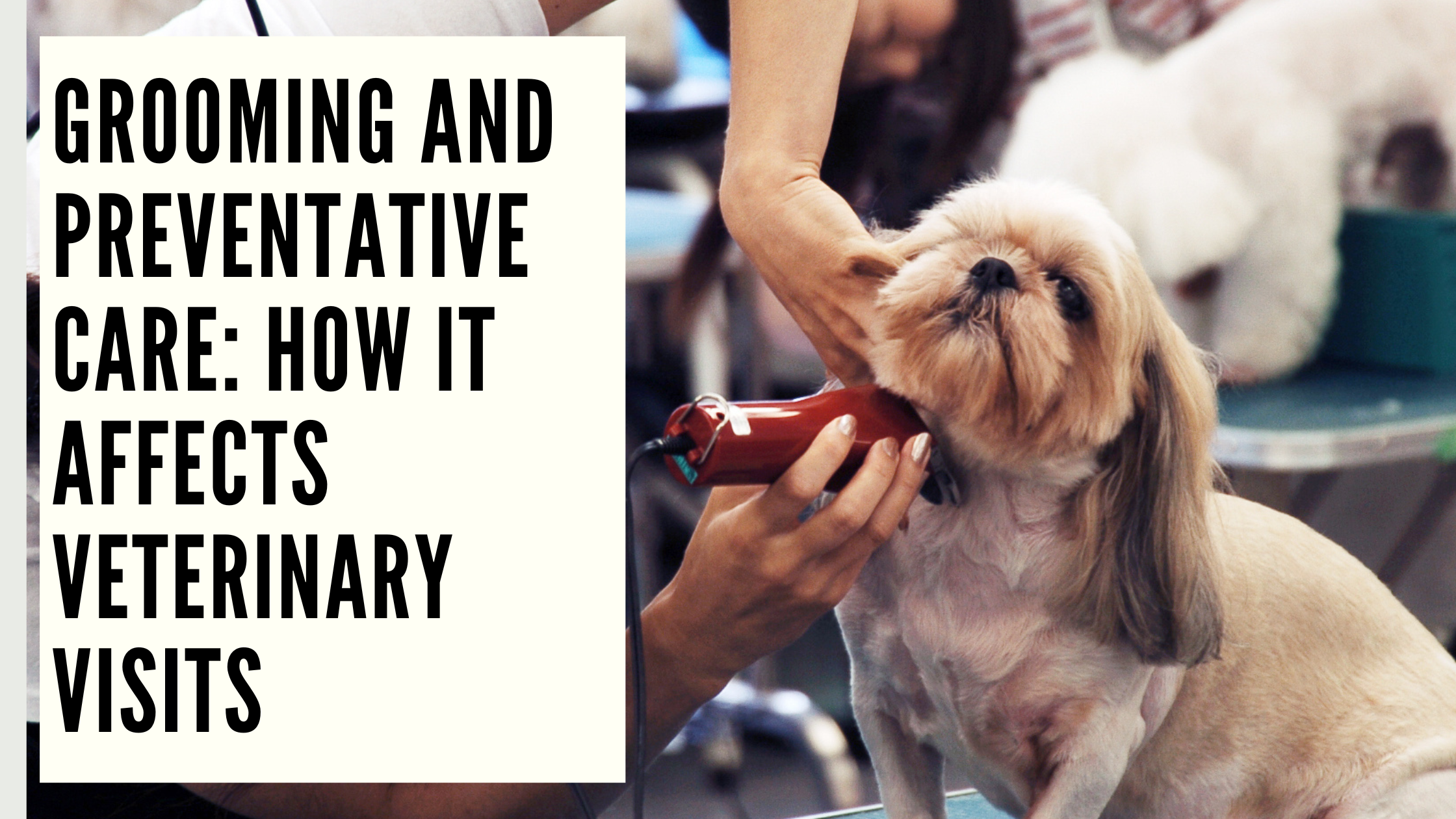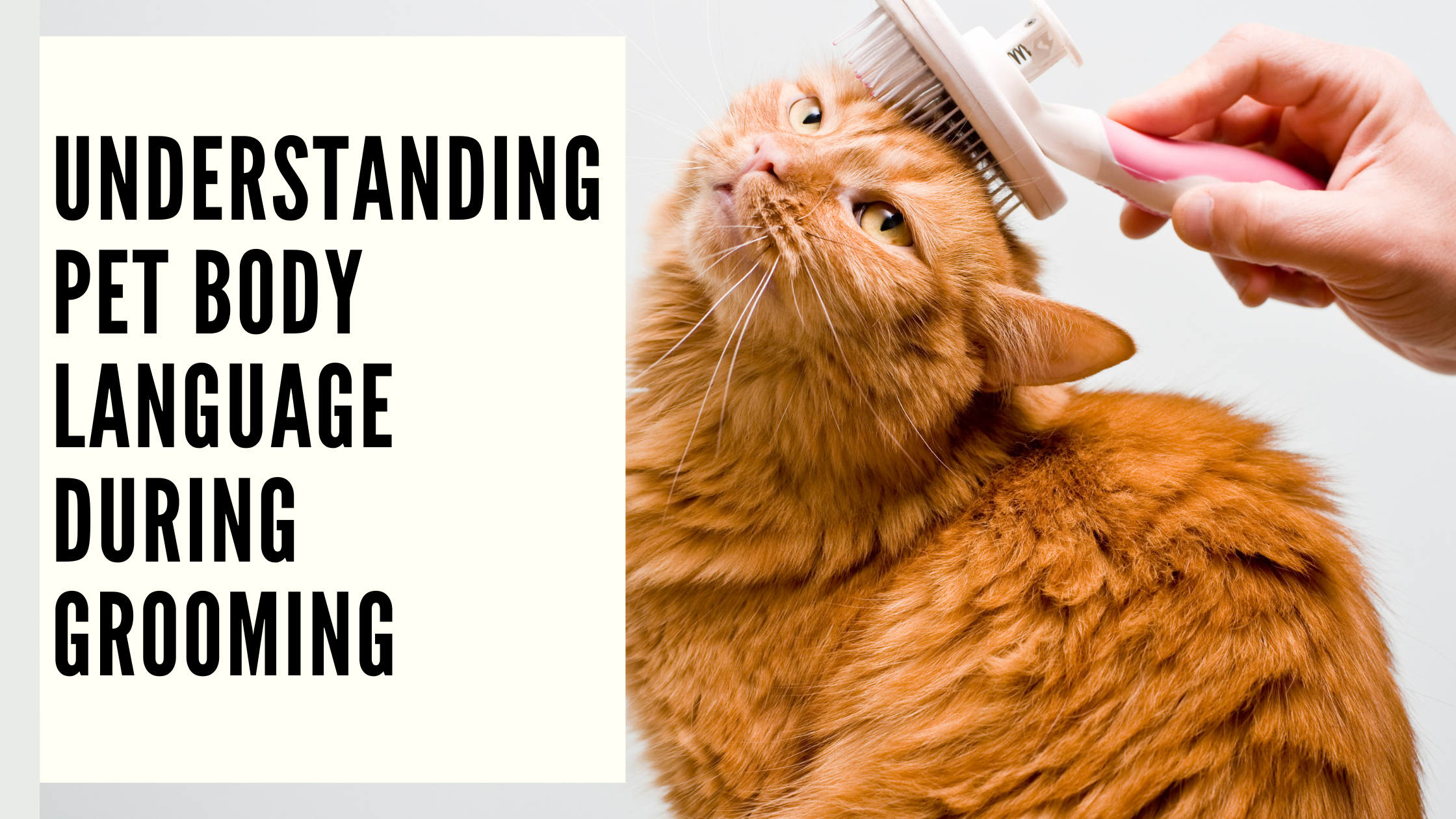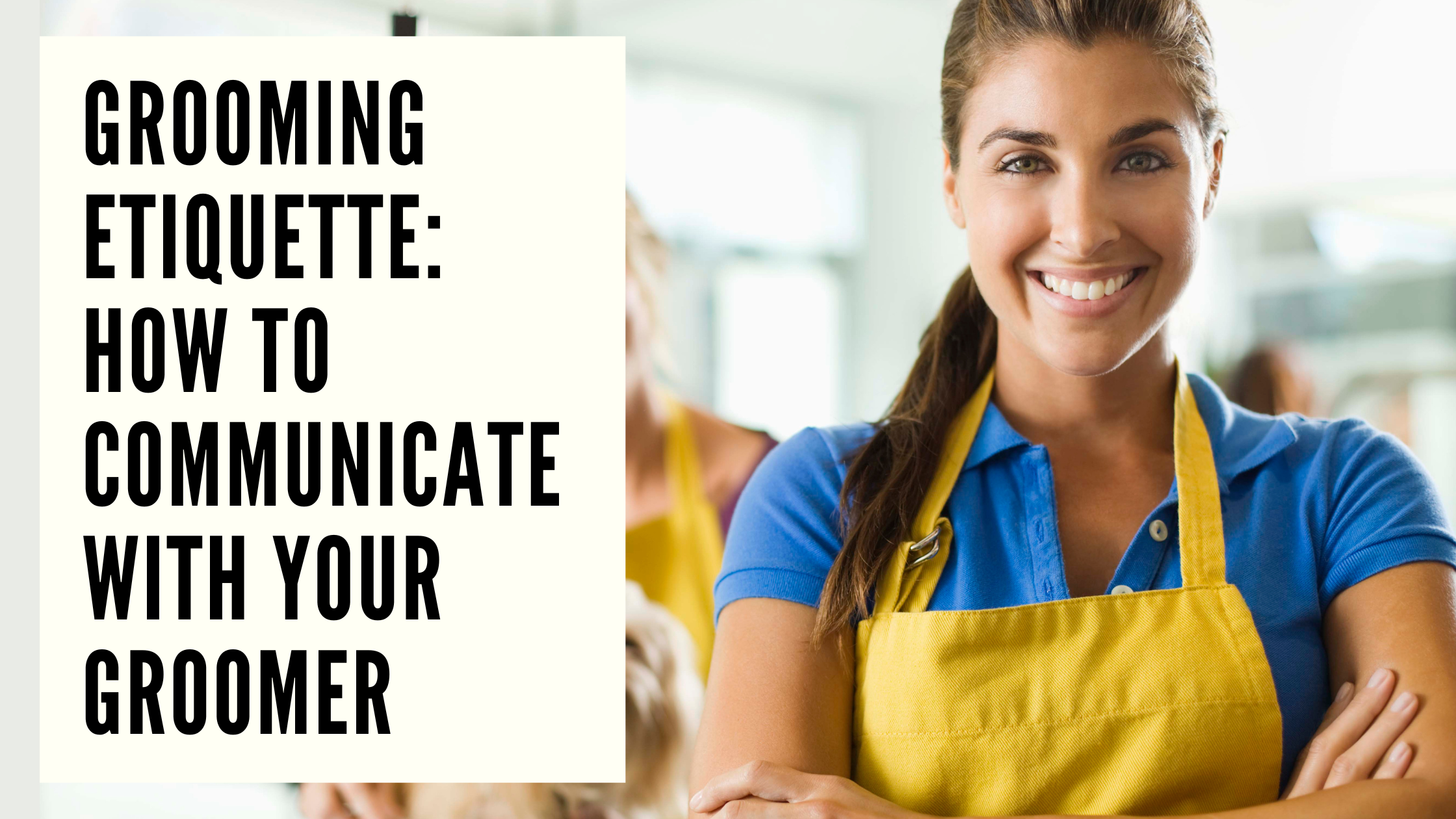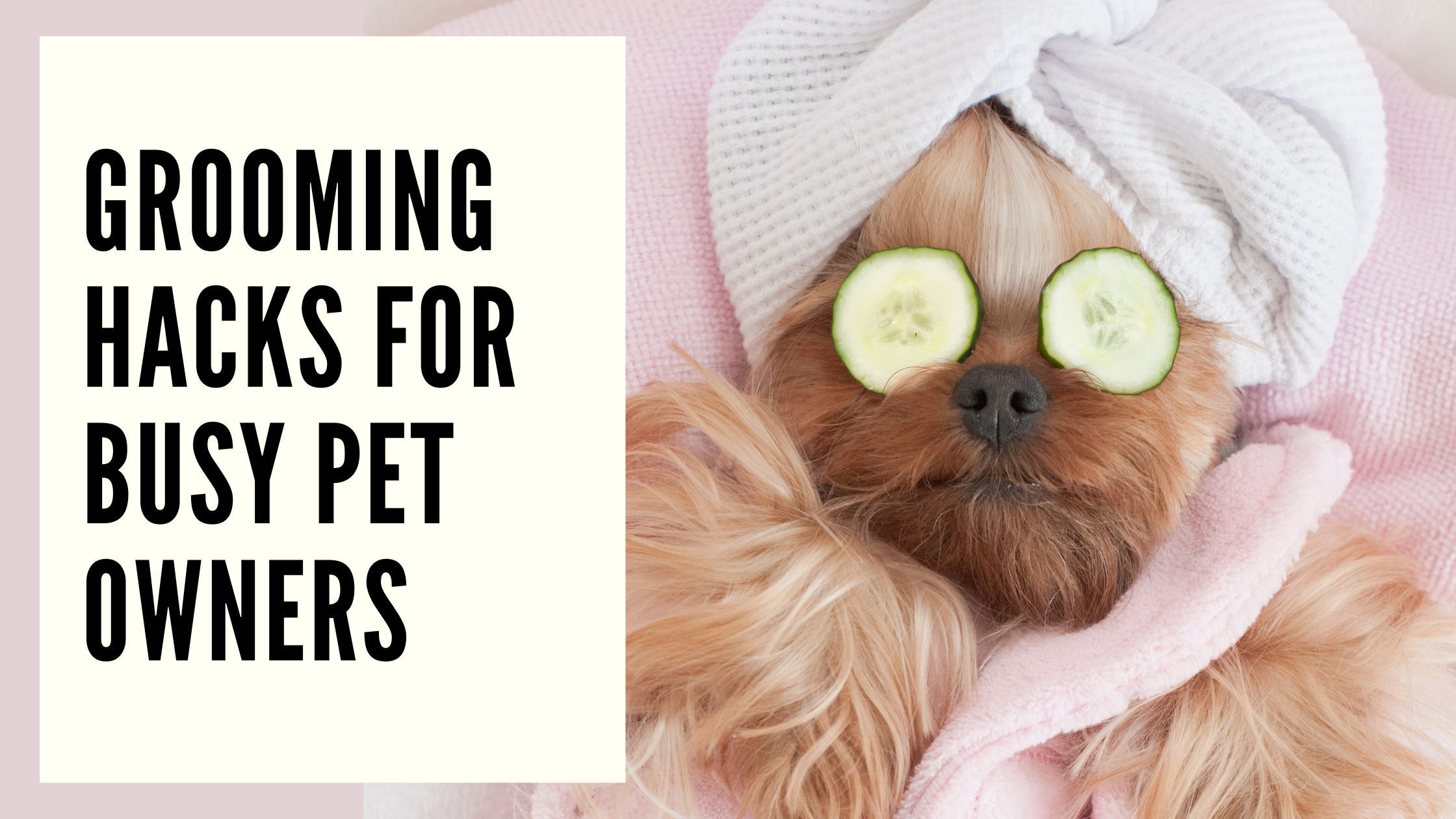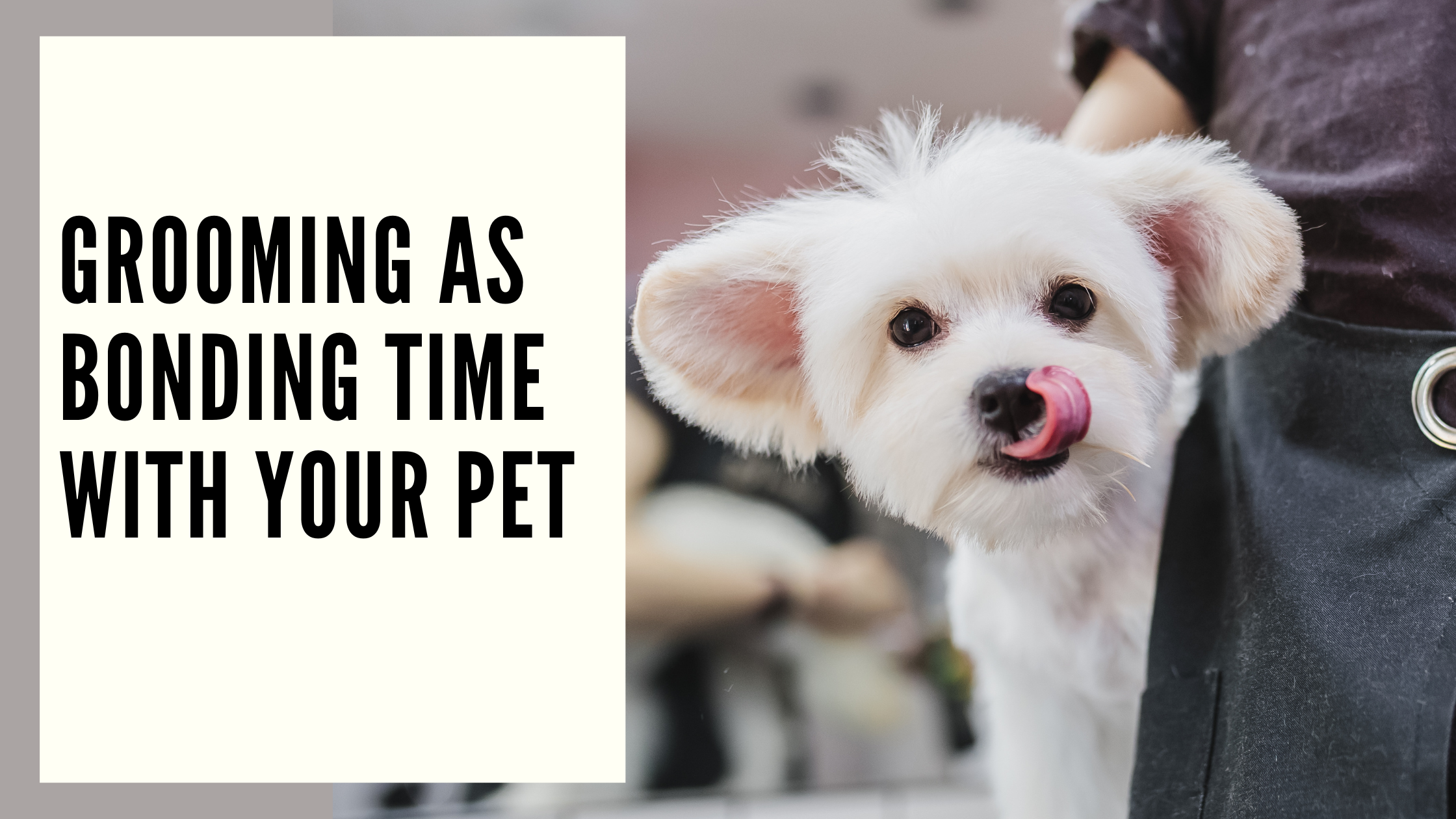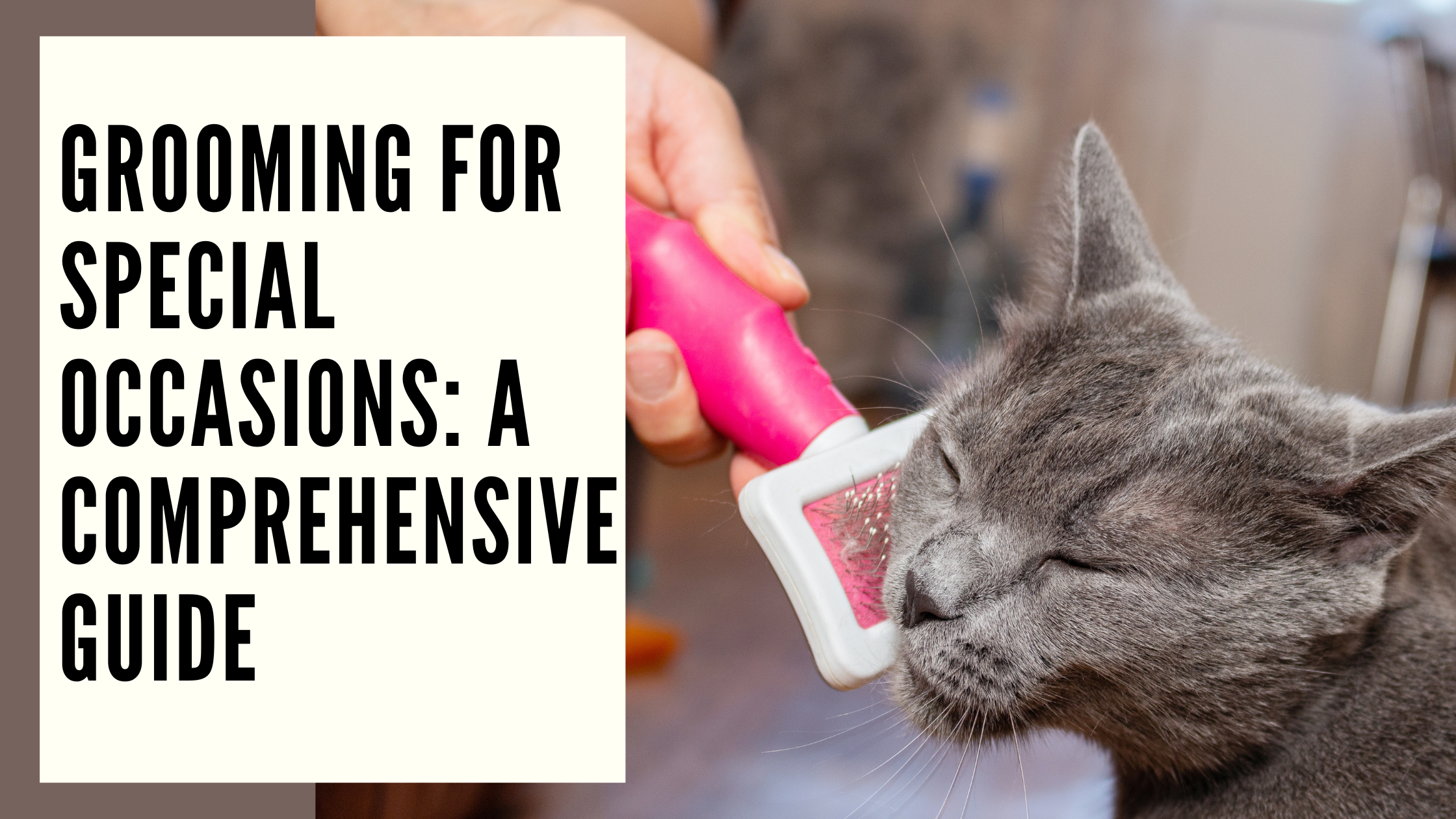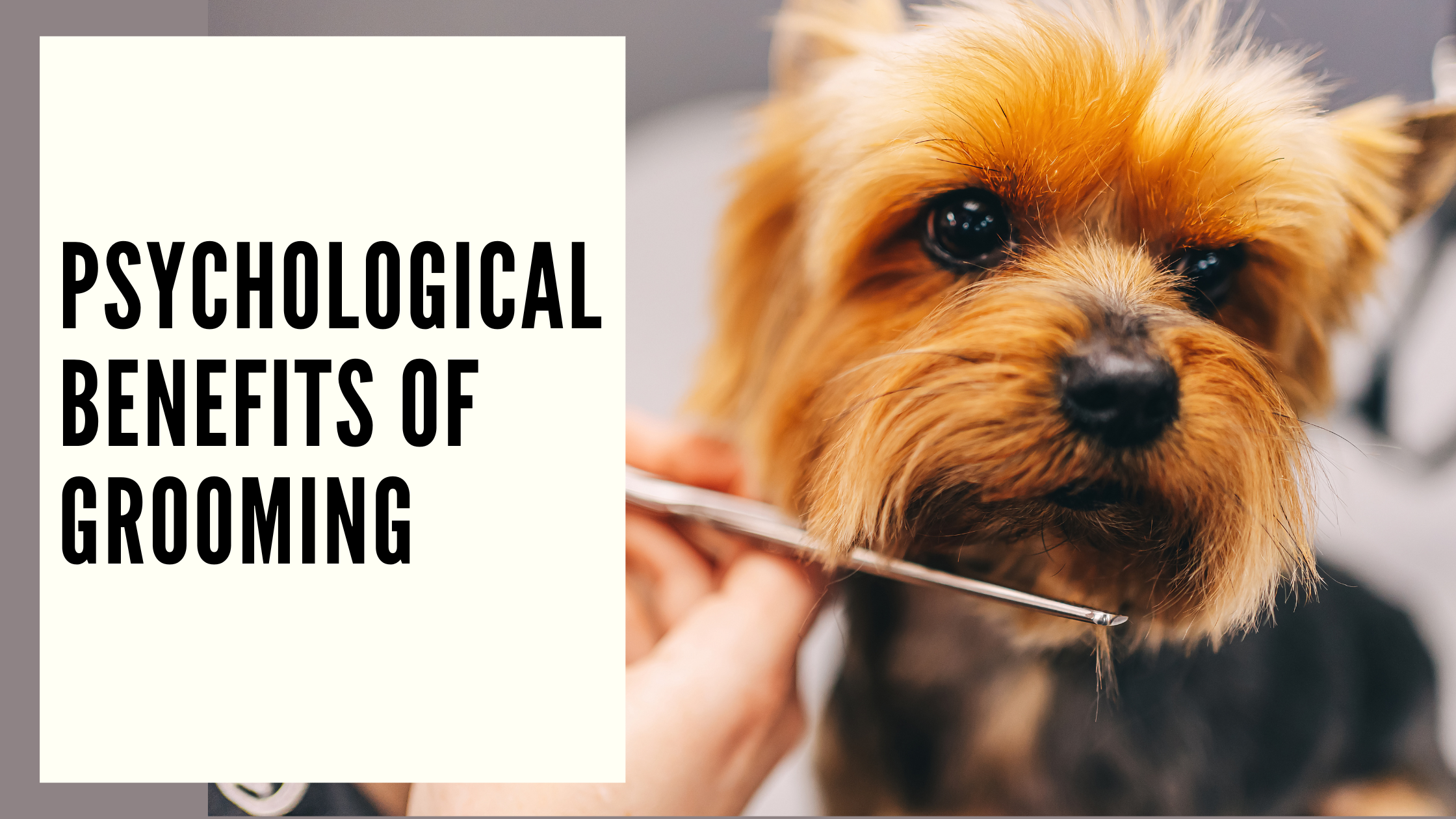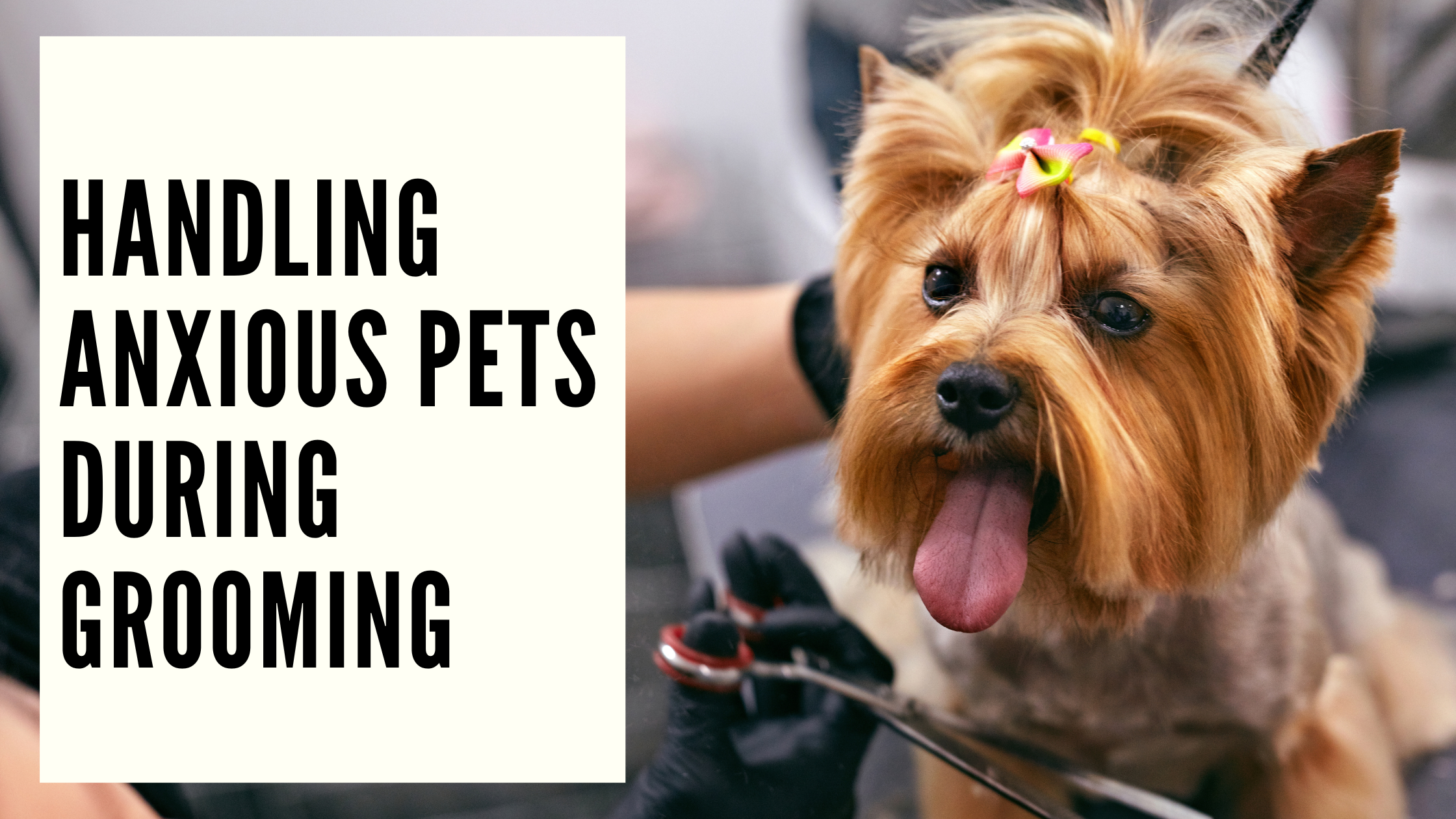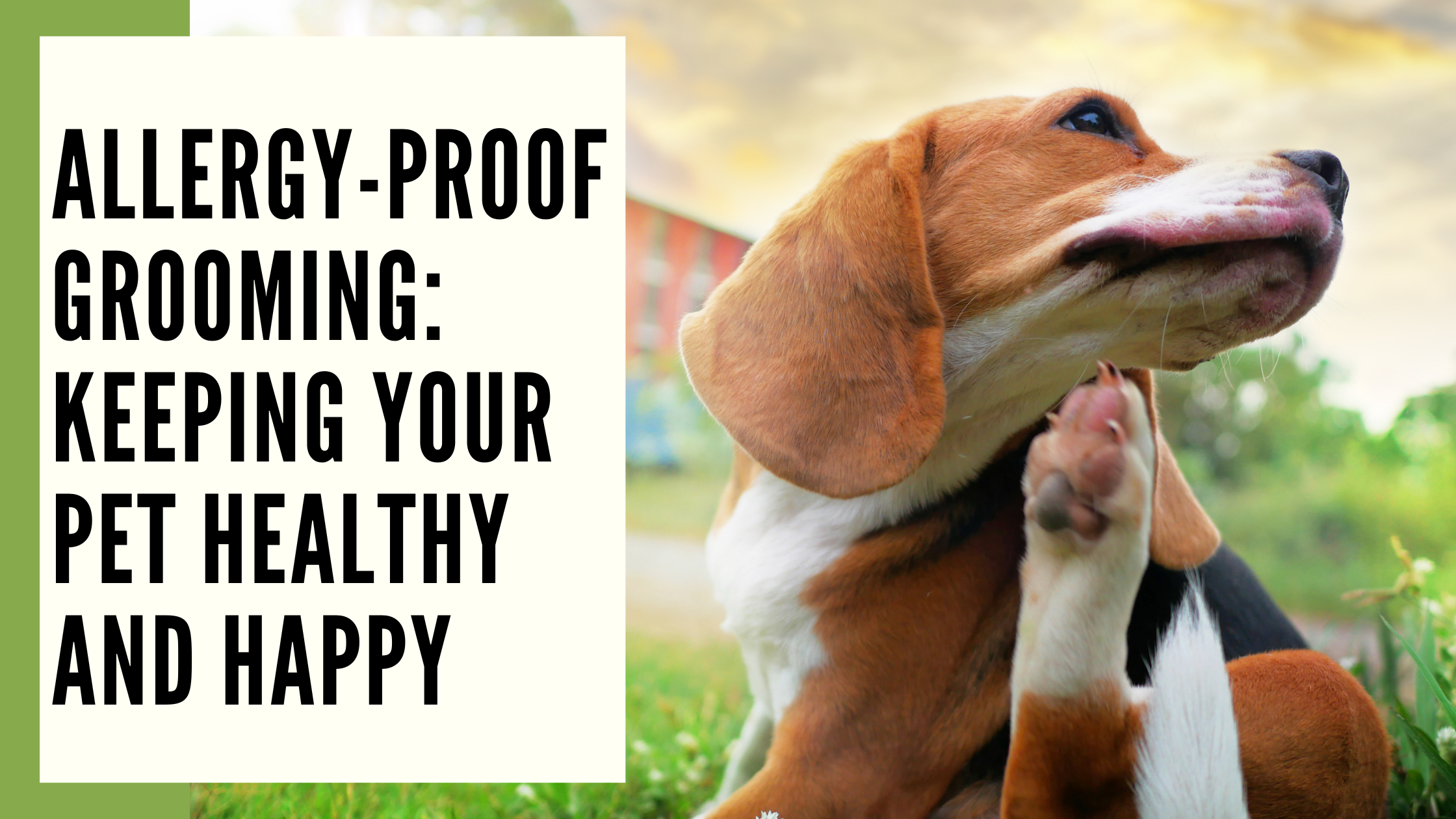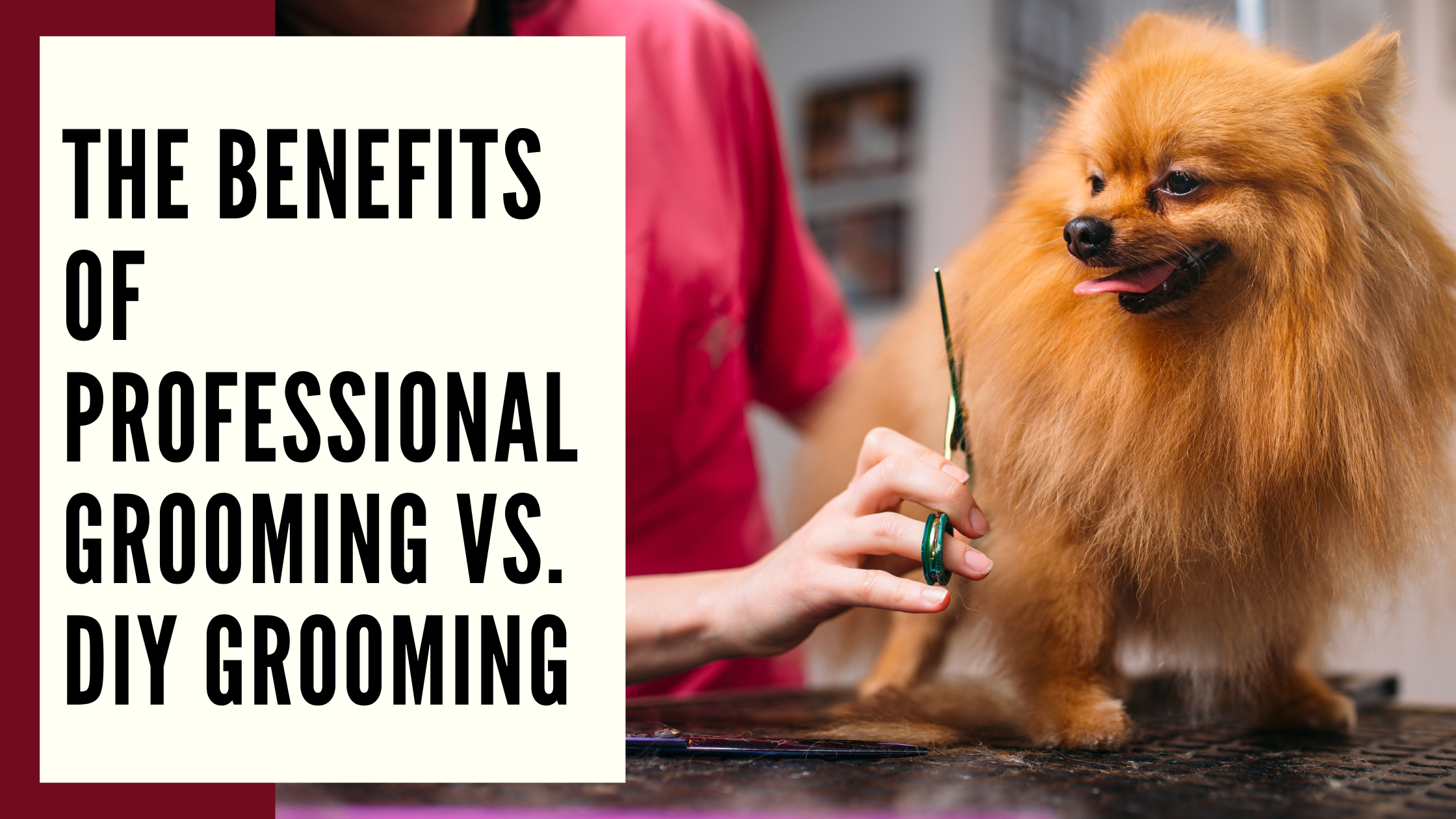Grooming and Preventative Care: How It Affects Veterinary Visits
In today’s fast-paced world, where pet ownership is on the rise, it’s essential to understand the significant role grooming and preventative care play in ensuring the well-being of our beloved furry companions. This article will delve deep into the world of pet care, discussing the importance of grooming and preventative measures and how they directly impact your visits to the veterinarian. From the basics of grooming to preventive care routines, we’ve got you covered.
Pet ownership comes with numerous responsibilities, and one of the most crucial aspects is ensuring the health and well-being of your four-legged friends. While regular visits to the veterinarian are essential, there are steps you can take at home to minimize the frequency of these visits. Grooming and preventative care are two such measures that, when done right, can significantly impact your pet’s overall health.
The Significance of Grooming
Brushing and Its Benefits
Regular brushing not only keeps your pet’s coat shiny and free of tangles but also offers a bonding experience. It helps distribute natural oils, prevents matting, and reduces shedding.
Bathing: More Than Just Cleanliness
Bathing your pet removes dirt and odors but also provides an opportunity to check for skin issues or abnormalities. Choose pet-specific shampoos to maintain the pH balance of their skin.
Nail Trimming and Dental Care
Overgrown nails can cause discomfort and affect your pet’s posture. Dental care is equally crucial, as dental problems can lead to systemic health issues.
Preventative Care: A Lifesaver
Vaccinations and Regular Check-ups
Staying up-to-date with vaccinations is vital to protect your pet from potentially fatal diseases. Regular vet check-ups can help detect health issues early.
Parasite Control
Fleas, ticks, and worms can harm your pet and even transmit diseases to humans. Implement a preventative parasite control plan recommended by your vet.
Nutrition and Weight Management
Feeding your pet a balanced diet and maintaining a healthy weight are fundamental aspects of preventative care. Discuss your pet’s dietary needs with your veterinarian.
The Connection Between Grooming and Preventative Care
Grooming is not just about aesthetics; it directly contributes to your pet’s overall health. Regular grooming sessions can help identify lumps, skin infections, or changes in your pet’s behavior, which are early signs of underlying health problems.
How Grooming Influences Veterinary Visits
Stress Reduction
Pets that are accustomed to grooming are less stressed during vet visits. They associate human touch with comfort, making examinations and treatments more manageable.
Early Detection of Health Issues
Grooming exposes your pet’s body to your eyes regularly. You can spot changes in skin texture, lumps, or other anomalies early, allowing for timely veterinary intervention.
Improved Communication with Your Vet
When you have a grooming routine in place, you can discuss any concerns or observations with your vet, enabling better collaboration in your pet’s care.
Establishing a Grooming and Preventative Care Routine
Setting Up a Grooming Schedule
Create a grooming schedule that aligns with your pet’s breed and needs. Long-haired breeds may require more frequent grooming than short-haired ones.
DIY vs. Professional Grooming
Decide whether you’ll groom your pet at home or seek professional services. Professional groomers have the expertise to handle specific grooming needs.
Tips for Successful Grooming
Make grooming a positive experience for your pet. Use treats, praise, and patience to ensure your furry friend is comfortable during grooming sessions.
Common Grooming and Preventative Care Mistakes to Avoid
Skipping Regular Check-ups
Even with a consistent grooming routine, regular vet check-ups are essential. Don’t skip them assuming your pet is healthy.
Neglecting Dental Health
Dental problems can lead to pain and other health issues. Brush your pet’s teeth regularly and discuss dental care with your vet.
Overlooking Parasite Prevention
Ignoring parasite prevention can lead to severe health problems. Follow your vet’s recommendations for flea, tick, and worm control.
The Cost-Benefit Analysis of Grooming and Preventative Care
Investing time and resources in grooming and preventative care can save you money in the long run. Preventing health issues is often more cost-effective than treating them.
Conclusion
Grooming and preventative care are not just optional luxuries for pet owners; they are essential components of responsible pet ownership. By incorporating these practices into your routine, you can ensure a healthier, happier life for your furry companion.
In conclusion, grooming and preventative care go hand in hand in ensuring your pet’s health and well-being. By incorporating these practices into your routine, you not only contribute to a longer and healthier life for your furry friend but also build a stronger bond through care and attention.
FAQs
1. How often should I groom my pet?
The grooming frequency depends on your pet’s breed and needs. Long-haired breeds may require grooming every 4-6 weeks, while short-haired breeds can go longer between grooming sessions.
2. Can I groom my pet at home, or should I visit a professional groomer?
It’s a personal choice. If you’re comfortable and knowledgeable, you can groom your pet at home. Otherwise, professional groomers are trained to handle various grooming needs.
3. Why is dental care important for pets?
Dental issues can lead to pain, difficulty eating, and systemic health problems. Regular dental care, including brushing and professional cleanings, is essential.
4. How can I make grooming a positive experience for my pet?
Use treats, praise, and patience during grooming sessions. Start slow, and gradually increase the duration of grooming to make it a positive experience.
5. What vaccinations does my pet need, and how often?
Your veterinarian will recommend a vaccination schedule based on your pet’s age, lifestyle, and risk factors. It’s essential to follow their guidance for optimal protection.
